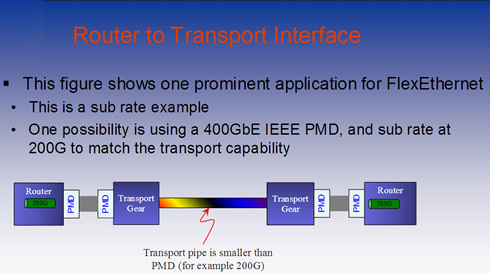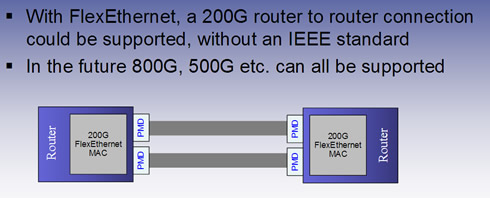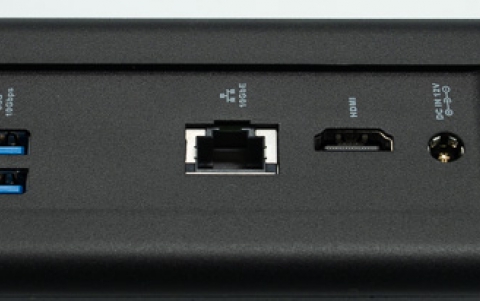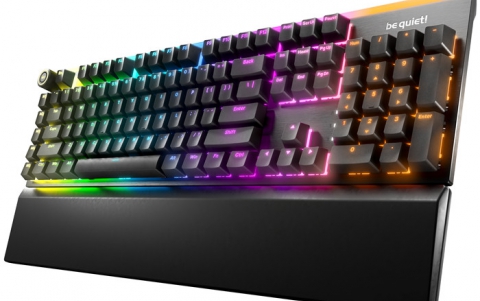
FlexEthernet To Bring New Breath To Optical Networks
As existing technology is pushed, rating a faster Ethernet becomes more and more difficult. FlexEthernet is one new area of Ethernet innovation and a new generation of Ethernet silicon could help further spread use, using chips that can dial in different data rates. The need to create FlexEthernet is the fact that router and transport gear in networks is evolving at different rates, and expensive transport gear may not be optimally used with fixed rate interfaces. In addition, the industry needs the ability to support simple transport of n x Ethernet streams across a faster interface, and also take advantage of a more efficient Link Aggregation (LAG) mechanism.

Link Aggregation s often used to bundle multiple slower speed interfaces into a faster virtual interface. However, LAG has a drawback of uneven distribution of flows in some cases. FlexEthernet comes to support aggregating multiple interfaces at a physical layer, no uneven distribution of flows.
In short, Flex Ethernet creates a shim between the media access controller (MAC) and the physical layer (PHY or physical coding sublayer (PCS)). The shim will act as a dial, taking information about packets and data rates from the MAC and directing a PCS to recode them as needed.
A preliminary spec for Flexible Ethernet at 100 Gbits/second rates was formally set by the Optical Internetworking Forum earlier this year. The OIF will fill in that spec with more details and support for 25G, 200G and 400G rates in a 2.0 effort expected to start in November.
Many vendors have developed FPGA-based implementations of the technology. Support in next-generation ASICs and DSPs is said to be in the works with first products rolling next year and broad availability expected in 2018. The new chips will support more baud rates, encoding schemes and levels of forward-error correction.
Merchant suppliers of DSP specialized for optical networks include Acacia, Clariphy and NTT Electronics. Systems makers such as Cisco, Nokia and Huawei are also expected to support the capability in chips they design for their switches and routers.
FlexEthernet will offer big data center operators the flexibility to ensure they can fill up long-distance optical links.

In addition, large data centers need to upgrade data rates inside their networks faster than organizations such as the IEEE can roll out new standards. Flex Ethernet could help deliver links that are faster than emerging 400G products that data centers will need in 2018-2019.


But the technology is also expected to be used inside smaller corporate data centers. Companies sometimes need to break large links into sub-rates or translate a 100G link made up of ten 10G channels into four 25G channels.













